The “Tube” became a proper name for the first time in the early 1900s, after the Central London Railway (now the Central Line) was nicknamed the “Twopenny Tube”. The “Twopenny Tube” nickname was conceived by the Daily Mail, five days after it opened. When the Circle Line opened in 1884, the experience of riding it was described in The Times as “a form of mild torture”.
The longest escalator on the Underground is at Angel station. It is 60 meters long and has a vertical rise of 90ft (27.5 meters). The shortest is at Stratford with a vertical rise of just 4.1m.
The original trains had three different classes, costing three, four and six pence for a single journey. A single cash journey in Zone 1 now costs £4.50. If you paid a full cash fare between Covent Garden and Leicester Square (0.16 miles) it works out at over £28-a-mile.
On 31st December 1945 two Metropolitan line trains collided in heavy fog on an open-air section of the tube near Northwood. The impact was not fatal, but electrical arcing led to a fire in the rear two coaches of one of the trains, and three passengers suffocated in the smoke.
sources:

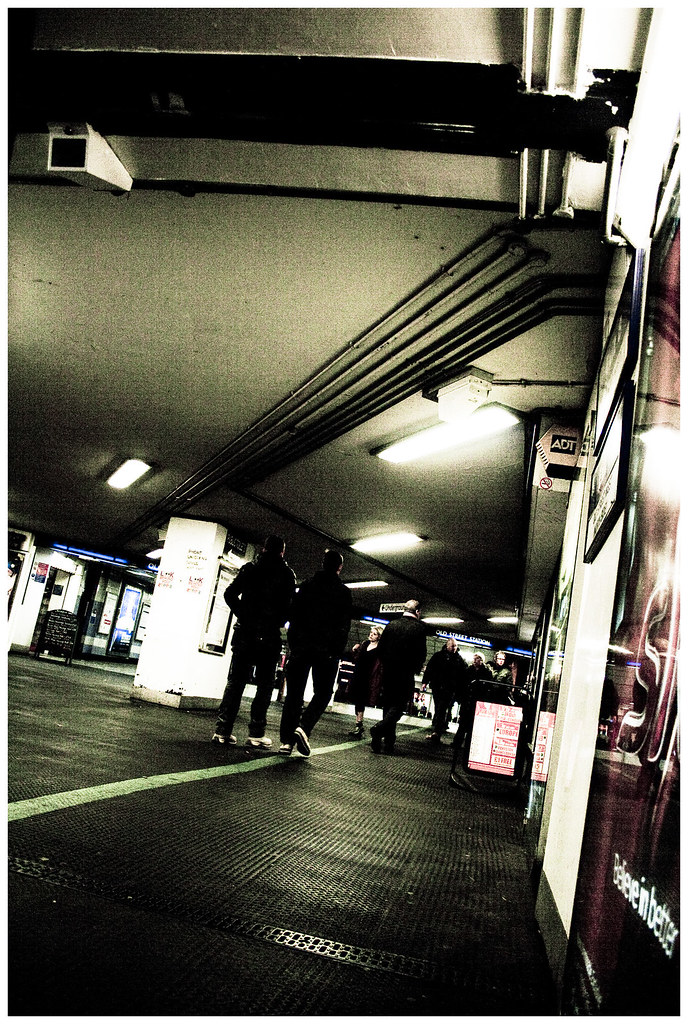
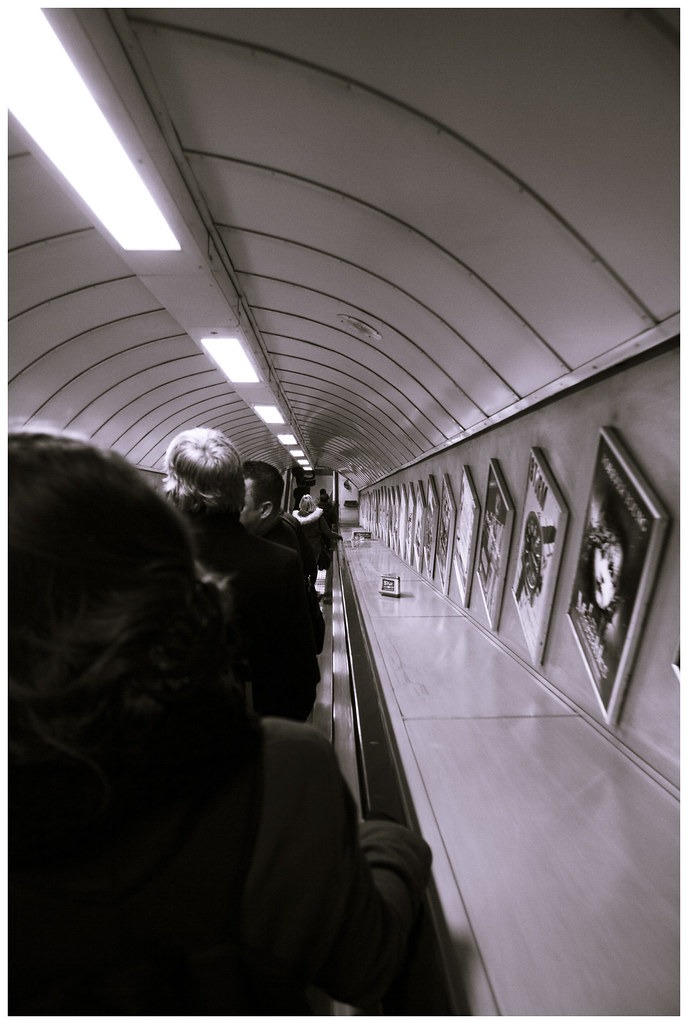
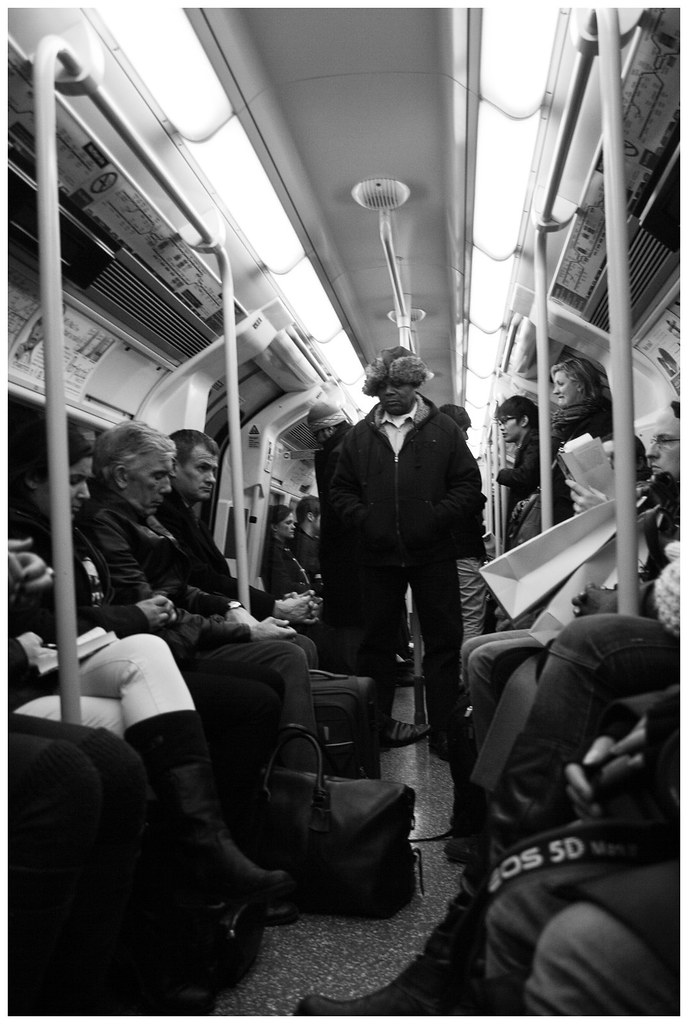
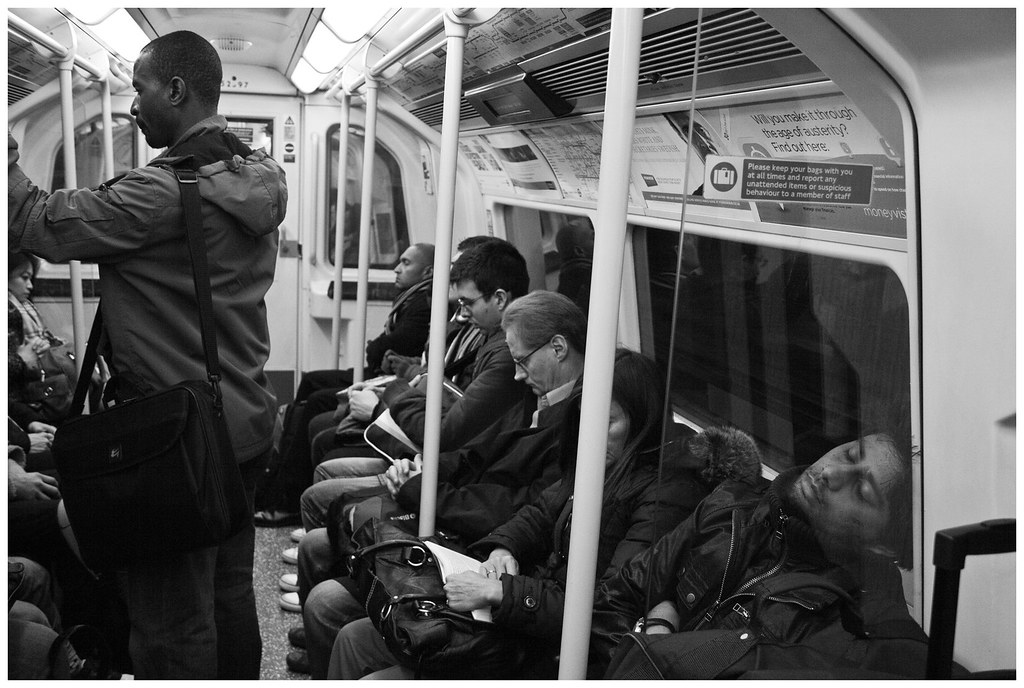
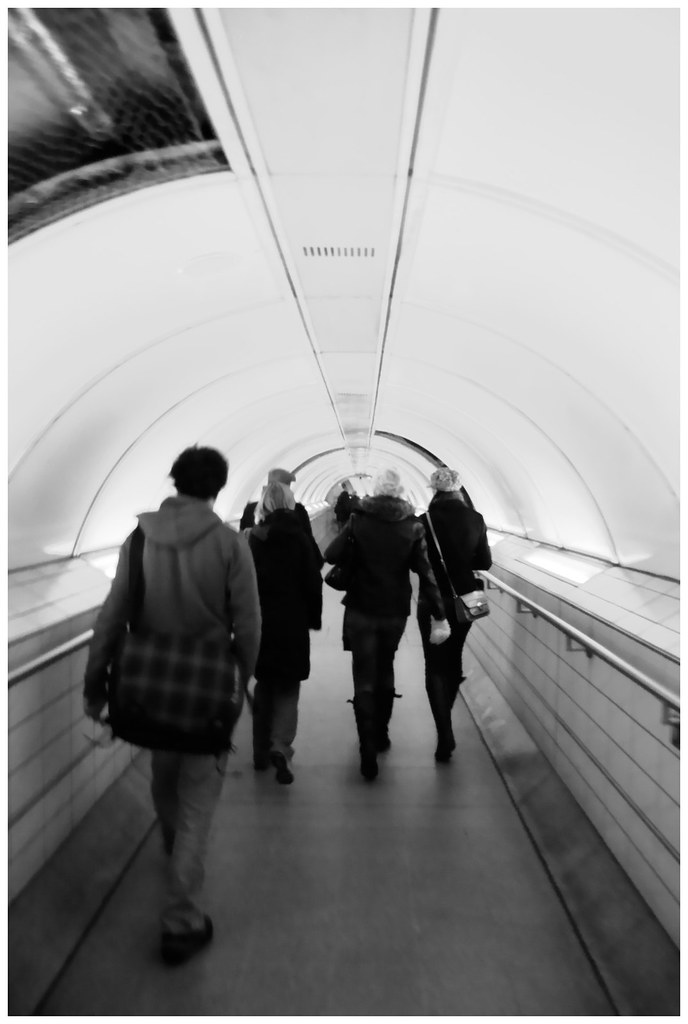

No comments:
Post a Comment